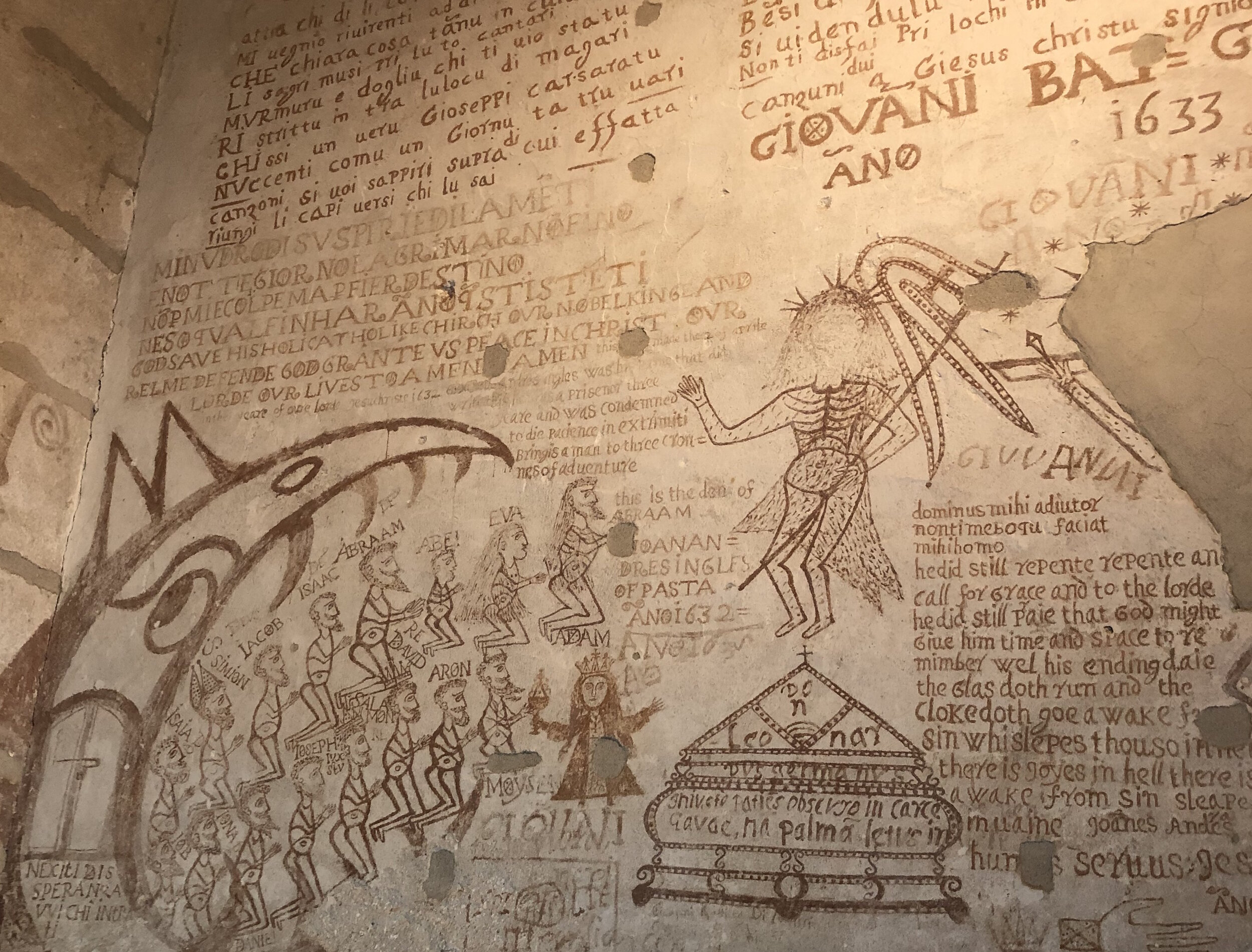Palermo's Premier Palaces
No historical city is complete without a palace (or five) but Sicilian palaces are fit for a lot more than just kings. Below I’ve rounded up a few of my favorite finds with histories as diverse as the rooms are splendid.
The only palace that lets you truly envision life as a royal, Palazzo Conte Federico continues to operate as an in-use living space. Yes, counts and countesses still exist, and for a family whose attic encloses original city walls, the Federicos are surprisingly down to earth. In fact, they give tours of their home as though they’ve invited you over, letting guests peer into their most intimate spaces and showing what it’s actually like to spend the present in a place known for its past. On your tour - most often given by one of the count’s sons - you’ll see everything from the family’s collection of weaponry, racecar memorabilia, and a tower integrated with the upstairs - a reminder that despite the functioning kitchen and working facilities, this isn’t your standard home.
The original city walls in Palazzo Conte Federico
(Bronze) lions and tigers and puppets, oh my - Palazzo Branciforte has it all. The ground floor houses a vast collection of archeological artifacts ranging from pots to coins to fragments of ancient dishes. You’ll even find a library a few rooms over. With over 40,000 books belonging to the Fondazione Sicilia, the library is accessible to the public. On a tour of the 16th century palace, you’ll also gain access to a multitude of sculptures, coins, and stamps. But what really sets Branciforte apart from nearby palaces comes in the form of strings and sets; Branciforte displays the Cuttichio Collection of puppets. Utilizing the backdrop of the Monte di Santa Rosalia - a spectacular series of historical wooden frameworks - the puppets have become the latest palace residents, elevating Branciforte’s storied history with a Sicilian tradition unlike any other.
A few of Palazzo Branciforte’s many puppets
Palazzo Chiaramonte was originally a palace for, shockingly, the Chiaramonte family during the Norman rule of Sicily. Yet during the Spanish Inquisition, the government converted the palace into a prison for those who rejected the Catholic Church. Inside the palace, graffiti decorates each jail cell with incredibly detailed depictions of religious scenes and iconography. To prove their knowledge of Catholicism and thereby their innocence, inmates created the drawings with incredible care, and many details remain well-preserved.
A sampling of Palazzo Chiaramonte’s graffiti
Steps away from Chiaramonte, Palazzo Mirto does not resemble a palace from the outside; it is situated beside the Garibaldi Gardens, a few feet away from the Carrefour where I did my grocery shopping. I actually walked past the palace for weeks before I realized it was a palace. But once past the gate, there is no mistaking this palace for anything else. Two floors are open to visitors, exposing more sitting rooms, libraries, and living rooms than one building could ever need. Take your time wandering between rooms; at Palazzo Mirto, it’s easy to imagine what life had been like once upon a time.
Walking under the arcade in the Palazzina Cinese
Less centrally located, Palazzina Cinese (The Chinese Palace) is worth the trek to the Parco della Favorita. Offering free entrance, the Chinese Palace consists of three floors open to the public and an accompanying garden, all commissioned by Sicily’s King Ferdinand III in the late 1700s. Inspired by the aesthetics of all that was “foreign,” Italy became increasingly interested in Chinese art. With silk walls, whimsical drawings, and bold colors, the palace embodies a place for dreaming and is not limited to the space of its walls. The maze-like garden, exterior arcade, and outdoor tower extend the palace’s sense of luxury, forming an all-encompassing oasis that complements the building’s orange exterior.
If you’re interested in learning more about these palaces, consider Sicily for your first post-pandemic trip. Much like the Federicos who let people into their home, the island has to rely on more than its history; it needs tourists to survive… so much so that the Sicilian government may even offer discounted flights and waive selected fees for government-run attractions.
Tl;dr: Palermo has a lot of palaces, all with histories as rich as their decorations.
Other palaces worth seeing: The Arab-Norman Palace, Palazzo Butera



